This article was medically reviewed by Jennifer Boidy, RN. Jennifer Boidy is a Registered Nurse in Maryland. She received her Associate of Science in Nursing from Carroll Community College in 2012.
There are 7 references cited in this article, which can be found at the bottom of the page.
This article has been viewed 28,065 times.
Being a certified Red Cross Cardiopulmonary Resuscitation (CPR) instructor is a great and rewarding way to make the world a safer place. CPR is a life-saving emergency procedure used on a person who is in cardiac arrest (heart suddenly stops working properly). You can teach CPR to co-workers, children, emergency responders, and others. Most people typically do not make a living being a certified CPR instructor; however, it is a good way to make some extra money on the side. Before you can become a CPR instructor you need to be certified in CPR. You can register for a class with your local Red Cross. When you complete training the training and after you pass a certification exam, you will be certified for two years.
Steps
Committing to a Training Program
-
1Register for a training program at your local Red Cross. In order to become a Red Cross CPR Instructor, you must first become certified in CPR through the Red Cross. While there are other independent training programs available, you must register with the Red Cross if your heart is set on their instructor program.[1] [2]
- If you don't live near a Red Cross or the class schedule doesn't work for you, there are training programs online. Keep in mind, however, you miss a lot of hands-on learning by taking classes online.
- The Red Cross also offers blended classes, which combine online and hands-on training.
-
2Pick a course length that works for you. The length of courses varies. Ask at the Red Cross about the timeframe for each training course offered.[3]
- Training programs generally do not take long. Most classroom-based CPR classes are five to seven hours.
- Check with the Red Cross to be sure the CPR training program you choose meets the requirement to qualify for the instructor training program.
Advertisement -
3Make sure you have the necessary funds. Costs vary from Red Cross to Red Cross, but there is generally a registration fee. The course itself may cost a small amount of money.[4]
- Courses are not generally very expensive. Usually, the total costs are around $200.
- If you don't have the money at the moment, you can always save up and become certified later on.
-
4Prepare for your classes. You may have to purchase or download the course materials through the Red Cross website. You should review any materials you were given when you registered to see what papers and supplies you will need.
- Courses are brief, but dense. You will be getting a lot of vital information about safety, as CPR is used in life or death situations.
- As you'll be getting a lot of important information, get some pens or pencils as well as a notebook. You want to take a lot of notes. If you choose to use an electronic device to take notes, make sure you can use the device responsibly. Avoid browsing Facebook or other popular websites during class.
Completing a CPR Certification Program
-
1Take notes during training. You want to make sure you remember everything you are taught. There will be an exam at the end of the training period. Your notes can be a valuable resource
- Separate notes by class session and section.
- Use your own symbols, like bullet points, for organization and outlining. You should also try to write as neat as possible.
- After class, spend about five minutes reviewing your notes. This way, you'll help get the information embedded in your brain.
-
2Get monitored by an instructor. During your CPR training, you will have to practice with a dummy. Your instructor will monitor you during this time. They will give you instructions and feedback to make sure you can safely administer CPR.[5]
- Listen to the instructor carefully and do not disregard their feedback. It's vital that you learn how to do CPR correctly.
- If there's anything you are confused about, talk to your instructor. He or she may be able to offer you additional help after class.
-
3Complete in class activities and worksheets. In addition to hands-on learning, there will be lecture based learning. There will be worksheets and in-class activities you will have to complete.
- For example, you may have to complete a worksheet where you fill out information about a medical emergency. There may be "true or false" type answers to help you debunk common misconceptions.
-
4Take your certification exam. You will be learning a lot of information in a short period of time — typically, CPR class is one day and certification is offered at the end of the class. Certification is based on demonstration of skills and passing written test at end of class. Rules for the exam vary. Usually, the exam is multiple choice. You may have to take it on a screen or on paper.[6]
- It is important that you are present for the entire class to obtain certification.
- Once you've passed your exam, you will receive your certificate.
Completing Instructor Training
-
1Find a training program in your area. Once you're certified to perform CPR, you can move on to instructor training. If you want to take a course in person, you'll need to find one in your area. You can do this on the Red Cross website. You simply type in your zip code or city and you'll be provided a list of courses near you.[7]
- Courses run on different schedules. An instructor training course may not be available right away. You may have to wait a few weeks or a few months for a class to begin.
- All courses come with a fee. Usually, the fee is between $200 and $300.
-
2Consider online training. This is generally more convenient and will give you access to plenty of resources. If you can't find a class in your area, consider enrolling for an online instructor training program.[8]
- If you take a course in person, you may have to pay for a textbook. With an online course, you can print materials from home and will have access to a digital textbook.
- There are also a wide array of study materials, such as refresher courses, online.
- You can call 1-800-RED-CROS or email support@redcrosstraining.org to ask about enrolling in an online course.
-
3Complete your chosen course. Once you've selected a course, work hard to complete it successfully. Successful completion of an instructor training course is the final step in becoming a certified trainer.[9]
- If you take an in person class, you will be emailed online activities. These must be completed before the first day of class.
- Class schedules vary, but it generally does not take long to obtain certification. Some classes only consist of two full days of training.
-
4Enter course records on the Red Cross website to obtain your certificate. Once you have completed the course, you can get your certificate on your own. On the Red Cross website, you will enter your course records. You should then be able to locate a certificate issued in your name.[10]
- If you're unsure how to type in your course records, try calling the Red Cross or asking your training instructor.
Continuing Forward
-
1Look for places to volunteer. You don't always get paid to teach CPR; however, it can be a rewarding experience nevertheless. You could volunteer for an emergency services organization, a school, or a hospital. Places like these are always looking for passionate individuals to volunteer.[11]
-
2Volunteer at work. Having employees CPR certified can make for a safer work environment. This is especially true if you work in a field where there may be accidents on site. Ask your boss about doing a CPR class for your co-workers.[12]
- You may get a small perk or bonus for conducting a class. However, do not expect to get paid. A lot of CPR instructors primarily do volunteer work.
-
3Offer your services for a fee. If you want to make some money as an instructor, you can advertise your services around your town. Put up fliers in places like hospitals and schools. Make it clear you're Red Cross certified CPR instructor willing to conduct classes for a fee.[13]
- How much you charge is up to you, but keep your rates reasonable. If you live in a middle class area, charging $300 for a course may not get you much business. More people may be interested, however, if you offer courses for $50.
-
4Re-register when necessary. Your certification lasts 2 years. After this point, you will need to renew your certification.[14]
- You will to need take a small review course at your local Red Cross.
- After taking the course, you can renew your certification.
Expert Q&A
-
QuestionIf as an instructor I volunteer to teach CPR, do I have to pay for the students certification cards? If so, how much?
 Jennifer Boidy, RNJennifer Boidy is a Registered Nurse in Maryland. She received her Associate of Science in Nursing from Carroll Community College in 2012.
Jennifer Boidy, RNJennifer Boidy is a Registered Nurse in Maryland. She received her Associate of Science in Nursing from Carroll Community College in 2012.
Registered Nurse As a Red Cross certified CPR instructor, you have access to “online training management system that allows instructors to manage their own course records and print certificates.” You can also order print materials for a modest fee.
As a Red Cross certified CPR instructor, you have access to “online training management system that allows instructors to manage their own course records and print certificates.” You can also order print materials for a modest fee.
References
- ↑ https://www.cprcertified.com/blog/how-to-become-a-cpr-instructor
- ↑ http://www.redcross.org/take-a-class/program-highlights/instructor-training
- ↑ https://www.redcross.org/take-a-class/first-aid/first-aid-training/first-aid-renewal
- ↑ https://www.cprcertified.com/blog/how-to-become-a-cpr-instructor
- ↑ http://www.cprcertificationonlinehq.com/become-cpr-instructor-guide/
- ↑ https://www.cprcertified.com/blog/how-to-become-a-cpr-instructor
- ↑ http://www.redcross.org/take-a-class/program-highlights/instructor-training
- ↑ https://arc-phss.my.salesforce.com/sfc/p/#d0000000bxKz/a/3o000001Vpa1/0UjrYiuth.DBGAEqFmTZsE.ER6yxODTNPxQlINFwAnk
- ↑ https://arc-phss.my.salesforce.com/sfc/p/#d0000000bxKz/a/3o000001Vpa1/0UjrYiuth.DBGAEqFmTZsE.ER6yxODTNPxQlINFwAnk
- ↑ https://classes.redcross.org/instructor/authentication/login.html
- ↑ http://www.cprcertificationonlinehq.com/become-cpr-instructor-guide/
- ↑ http://www.cprcertificationonlinehq.com/become-cpr-instructor-guide/
- ↑ http://www.cprcertificationonlinehq.com/become-cpr-instructor-guide/
- ↑ http://www.redcross.org/take-a-class/cpr-first-aid/workplaces-schools-individuals
About This Article
To become a certified Red Cross CPR and First Aid instructor, first get certified in CPR by registering for a training program at your local Red Cross. During your program, remember to listen to your instructor carefully and to complete all the required activities and worksheets. At the end of your program, you will need to pass an exam to get your certificate. Once you’re officially CPR certified, you can then look for an instructor training program through your Red Cross. It’s up to you if you want to complete the program in person or online. When you’ve finished the training program, enter your course records on the Red Cross website to get your certificate. For more information from our Medical co-author, including how to volunteer or offer your services as a CPR and first aid instructor, keep reading!
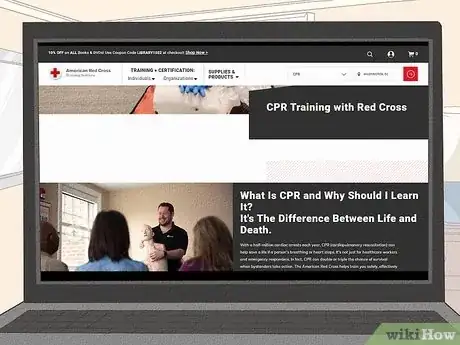

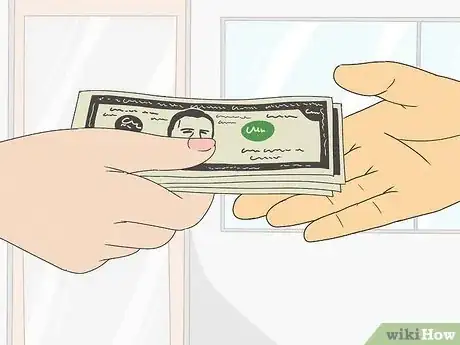
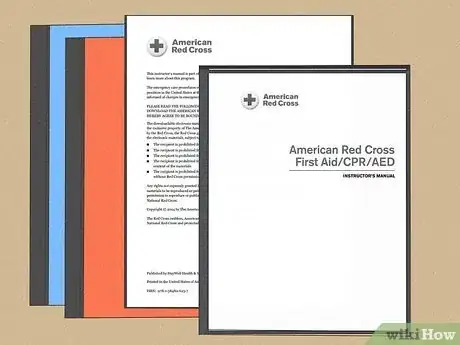
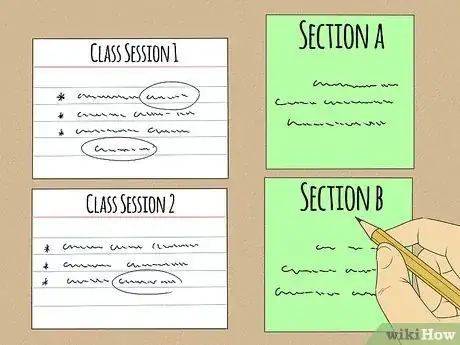
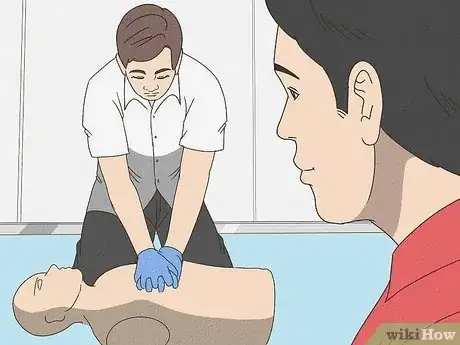
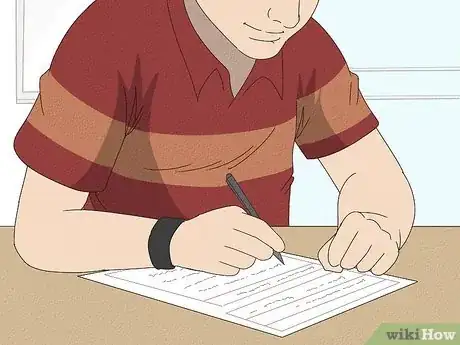
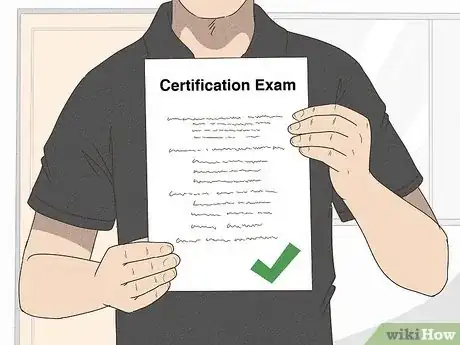
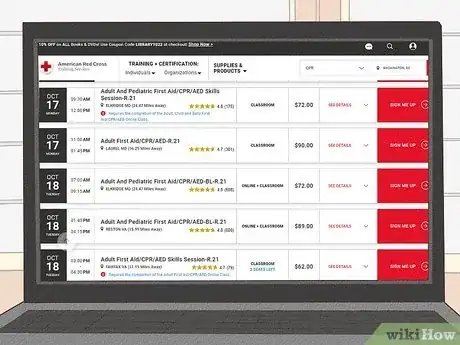
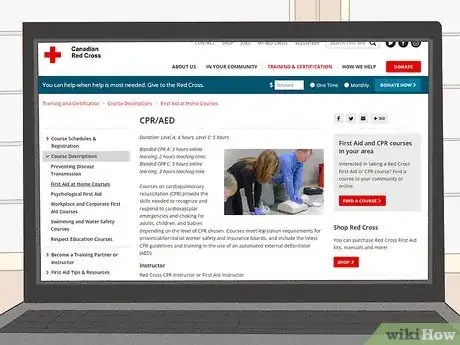




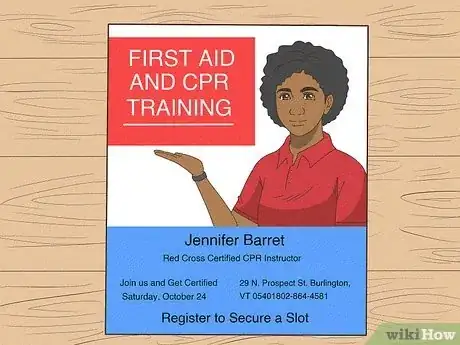
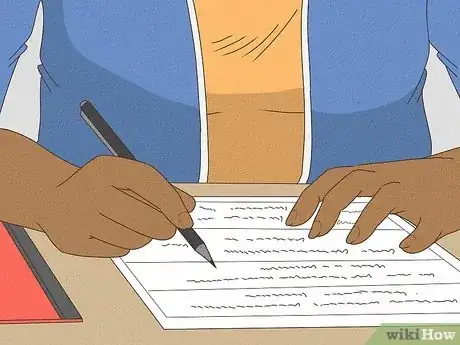


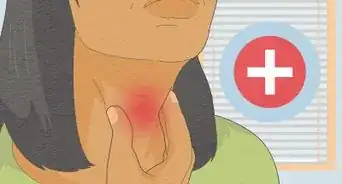


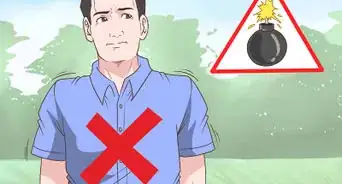



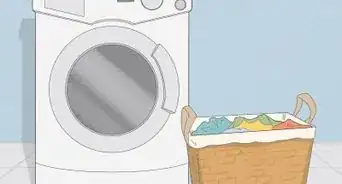











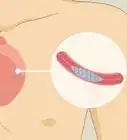




































Medical Disclaimer
The content of this article is not intended to be a substitute for professional medical advice, examination, diagnosis, or treatment. You should always contact your doctor or other qualified healthcare professional before starting, changing, or stopping any kind of health treatment.
Read More...